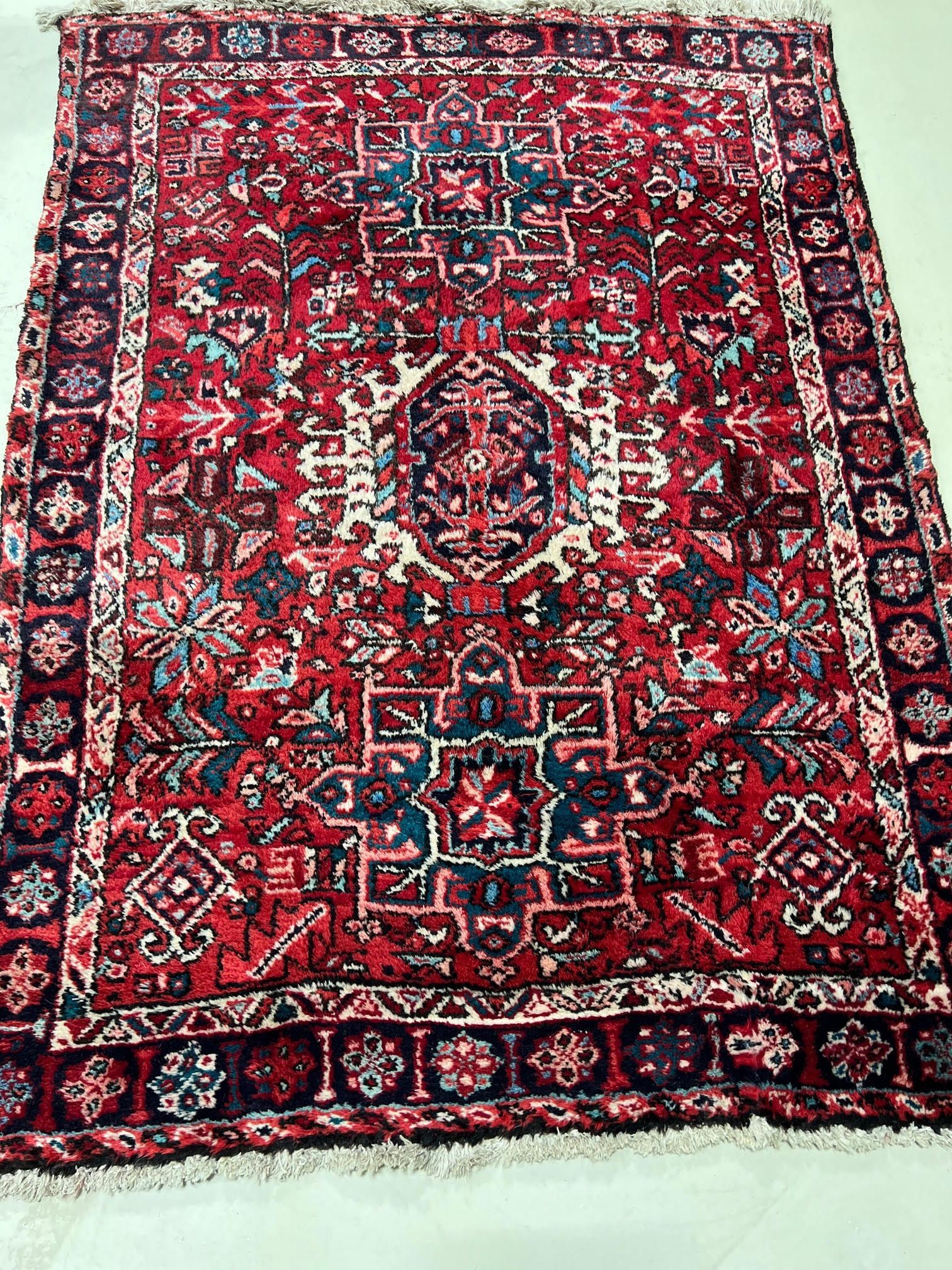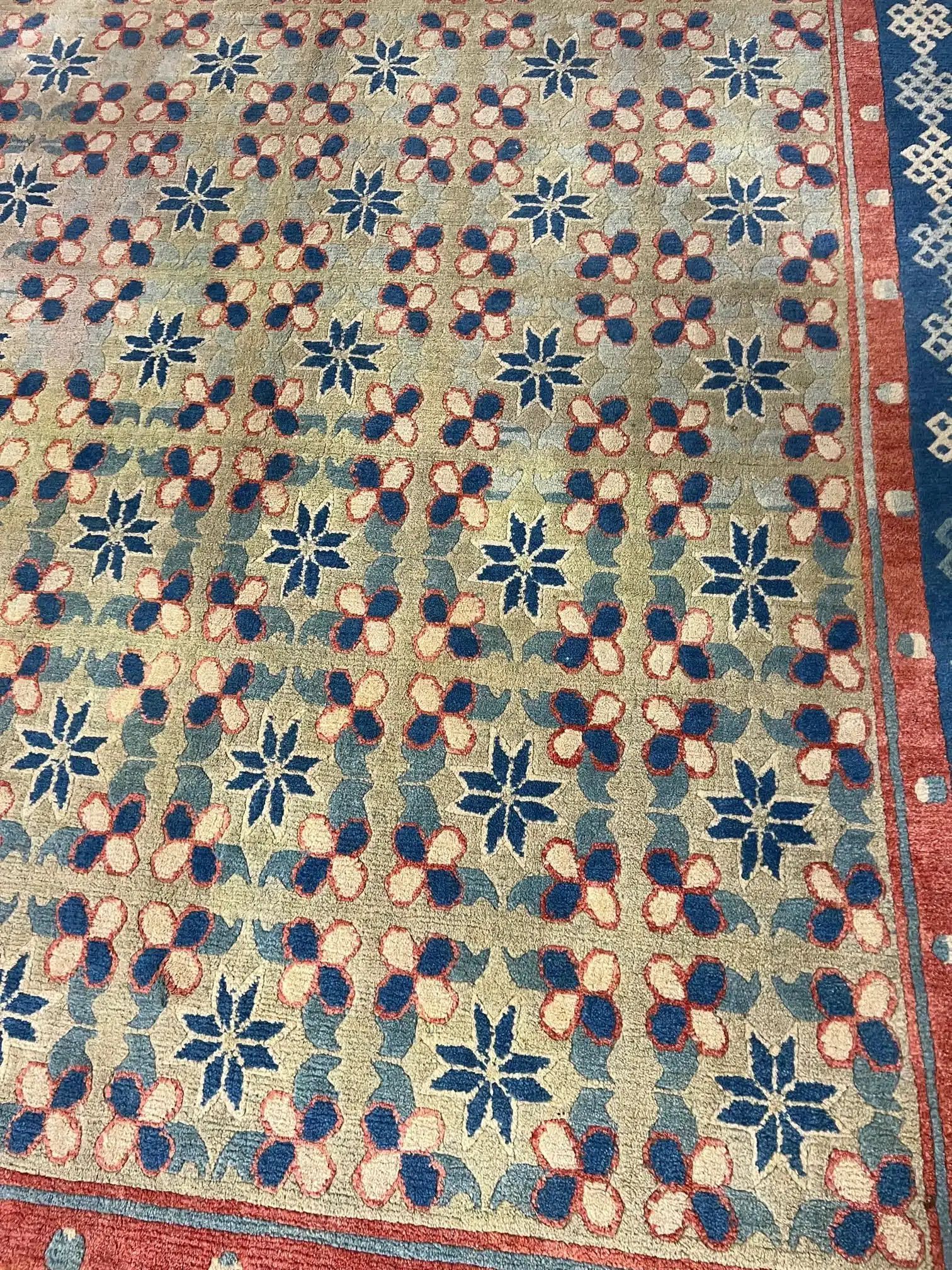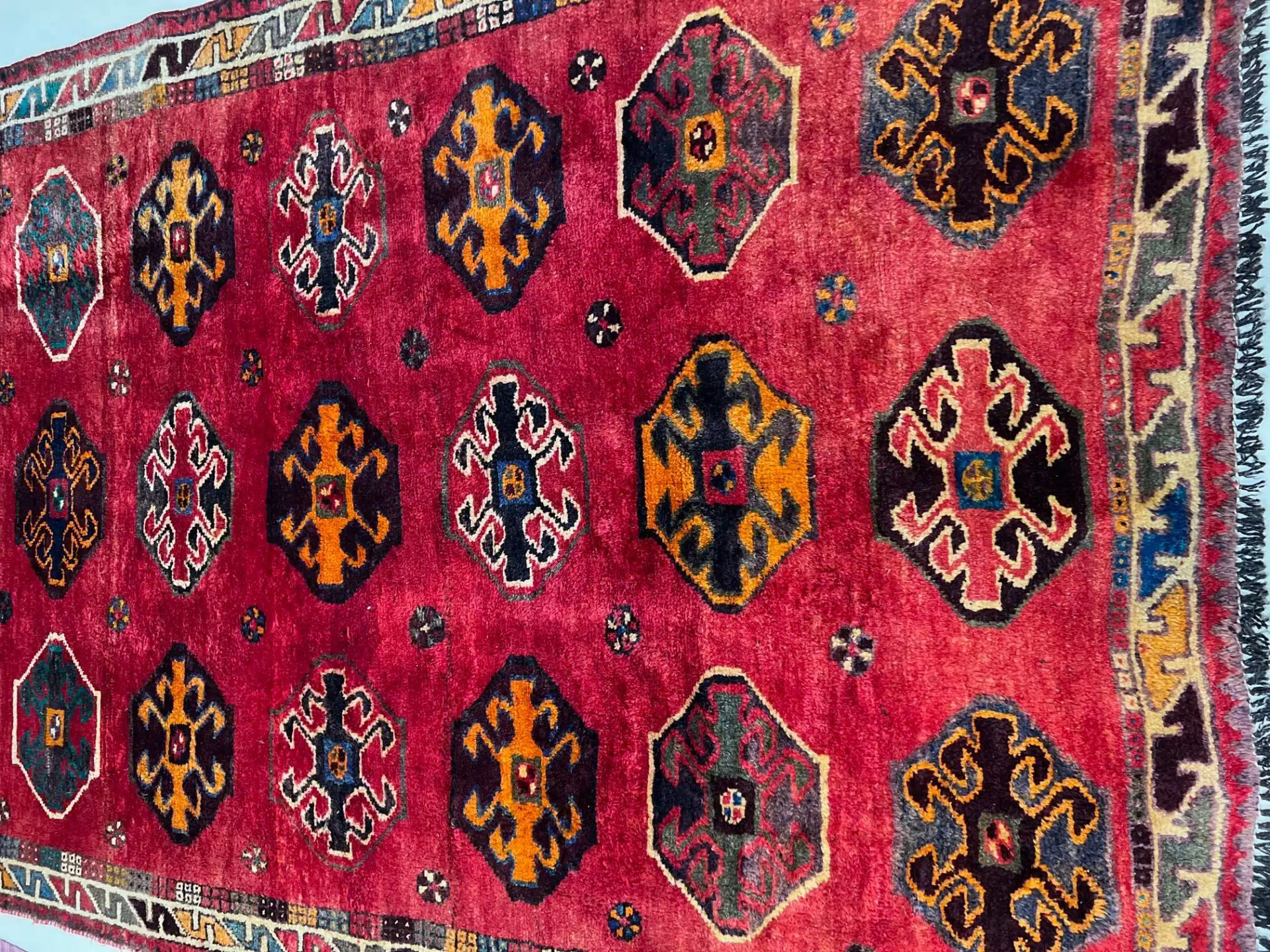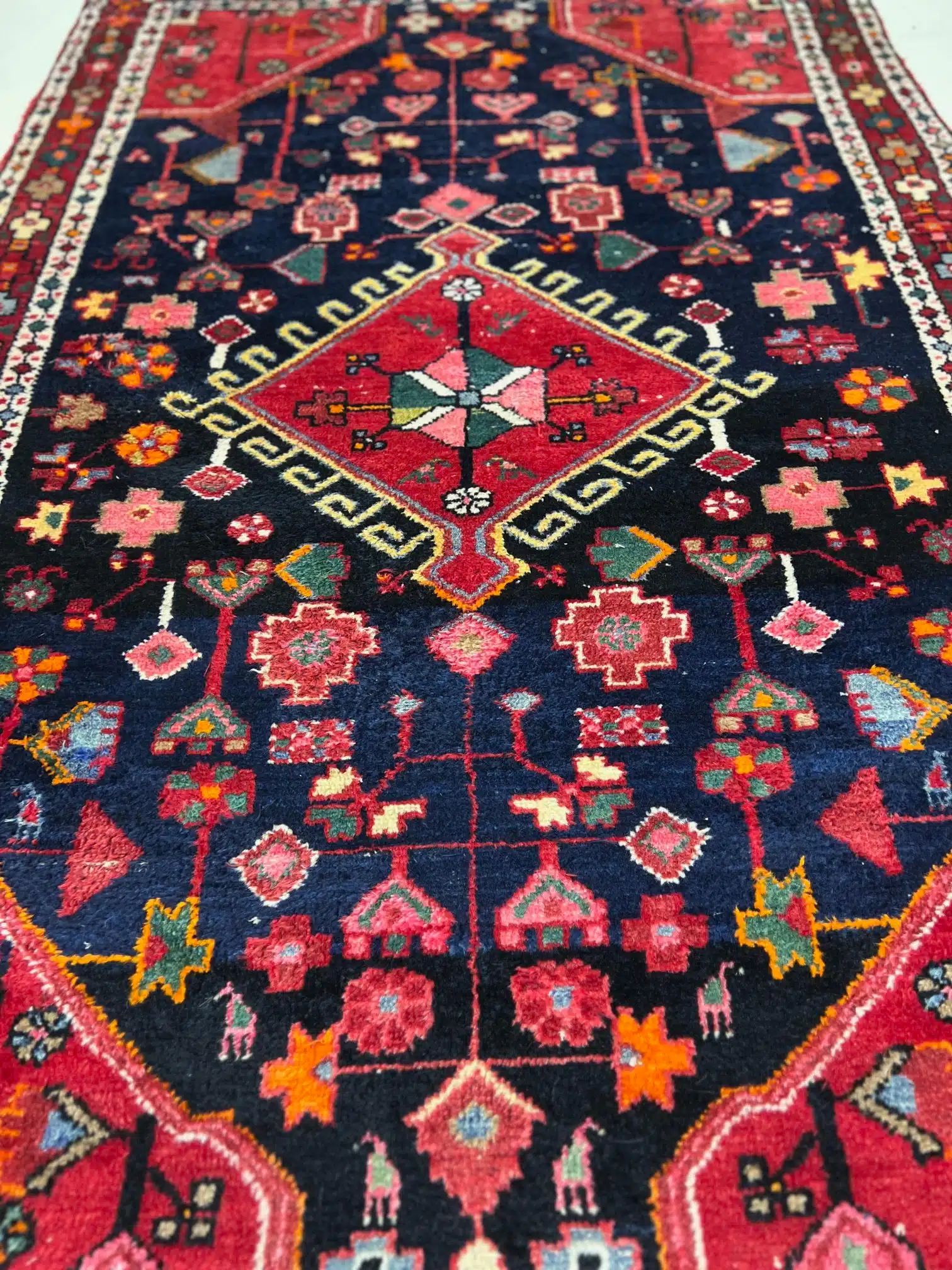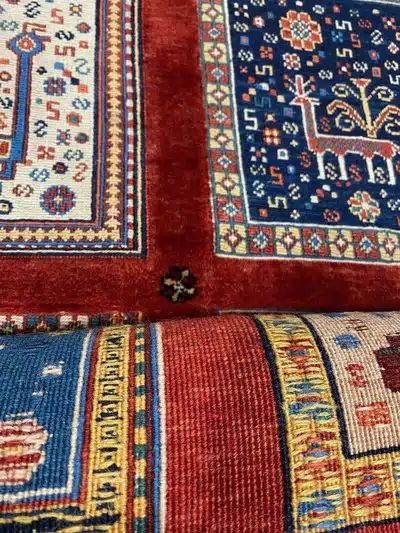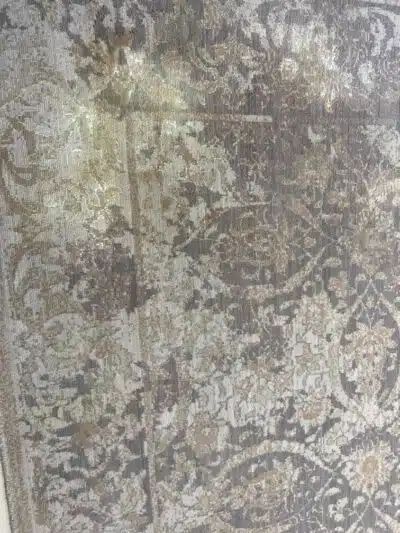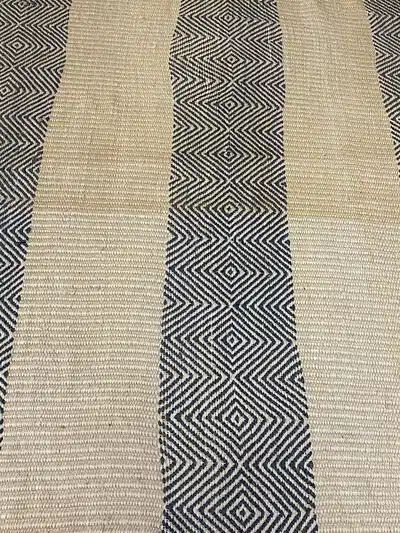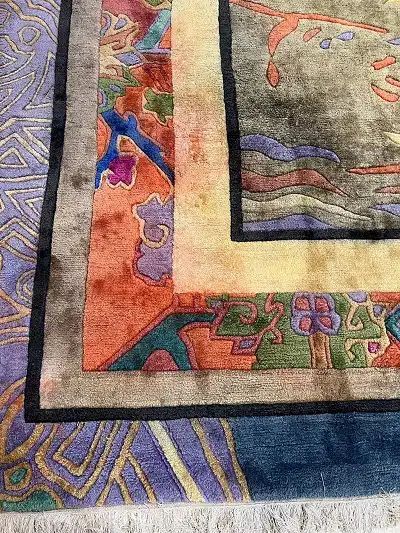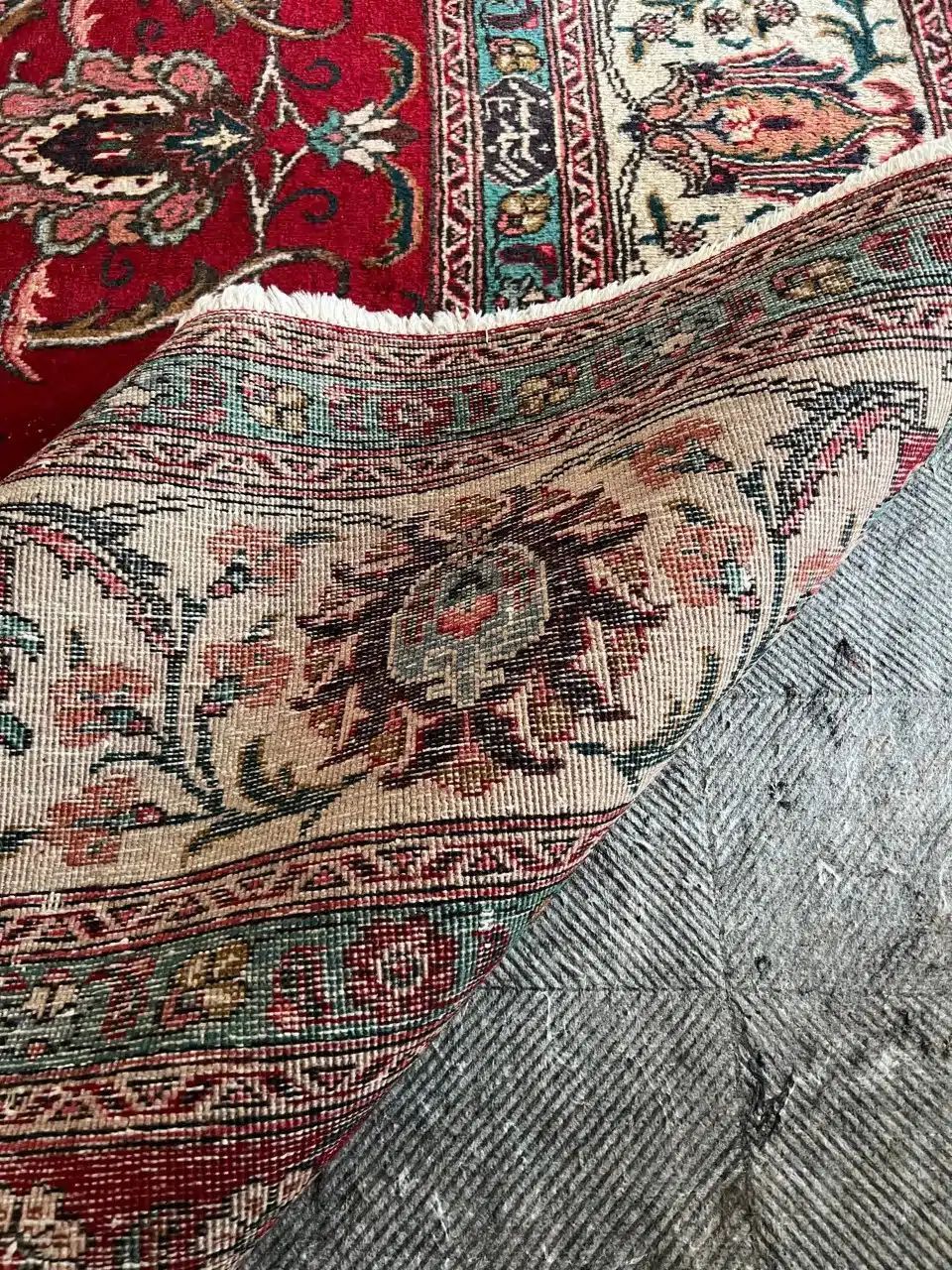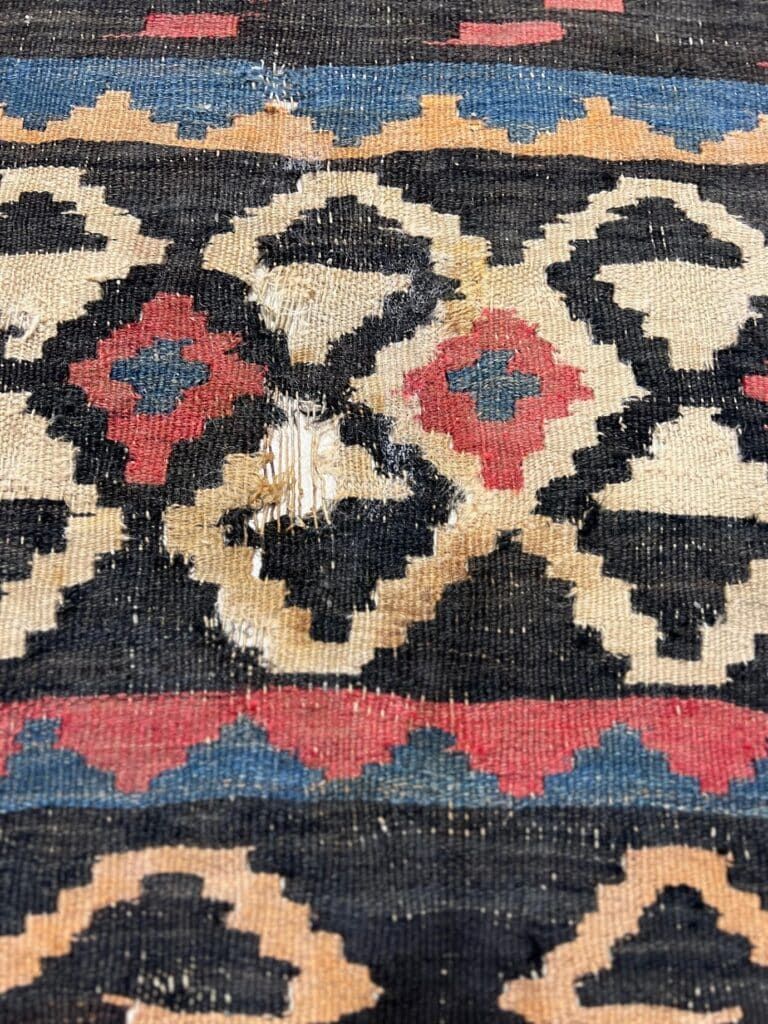Symbols of Persian Tribal Rugs
Tribal rugs tend to have somewhat simple designs because the artisans were working from memory and their imaginations. The images in the patterns are highly symbolic and emulate the culture and values of each tribe.
Persian Rug Symbols
Some groups primarily used animal and organic motifs. Others created abstract designs. The symbols that were included in the textiles often had spiritual or mythical qualities. The color combinations reflected the resources that were available for making natural dyes.
Common symbols that appear on Persian carpets include:
• Stars – good fortune or spirituality
• Lilies – purity
• Lotus – rebirth
• Tree of life – the bridge between the earthly and spiritual worlds
• Paisley – fertility
• Diamond – a woman; two conjoined diamonds represent a man and a woman
• Cross – the elements of air, earth, water and fire
• Camels – wealth, endurance and strength
The unique patterns on tribal rugs mirror the history, tradition, identity and expression of each tribe. The motifs have been passed down from generation to generation. Although these wanderers adopted design elements from neighboring tribes, they also included exclusive designs that represented their cultural identity in their textiles.
The post Symbols of Persian Tribal Rugs appeared first on The Austin Rug Cleaner.
